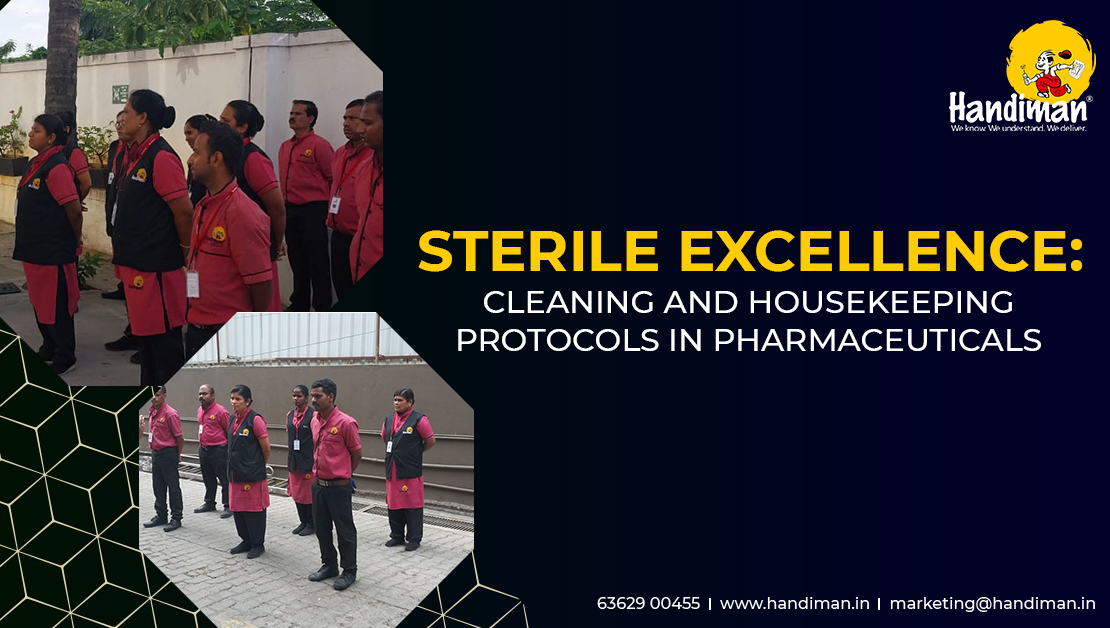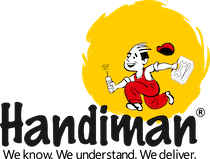
Cleaning and Housekeeping Protocols in Pharmaceuticals
Maintaining a pristine and organized environment is critical in pharmaceutical facilities to ensure compliance with regulatory standards and guarantee the safety of both products and personnel. The facility management team is crucial in implementing effective cleaning and housekeeping procedures.
Here's a guide to the key cleaning and housekeeping procedures in pharmaceutical facilities:
1. Strict Adherence to GMP:
Good Manufacturing Practices (GMP) are the backbone of pharmaceutical cleanliness. Every team member must strictly adhere to GMP guidelines to maintain the highest standards of hygiene in every aspect of the facility.
2. Regular Training Sessions:
It's essential to have ongoing training. Regular sessions on cleaning protocols, the proper use of cleaning agents, and the importance of hygiene help keep the facility management team up-to-date and aligned with industry standards.
3. Personal Protective Equipment (PPE):
Putting on the appropriate PPE is a must. From gloves to lab coats, ensuring that the team is equipped with the appropriate protective gear is essential to prevent contamination and maintain a sterile environment.
4. Segregation of Cleaning Tools:
Color-coded cleaning tools are a visual cue for effective segregation. Different colors for different areas ensure that the tools used in critical zones do not come in contact with those used in less sensitive areas, minimizing the risk of cross-contamination.
5. Thorough Cleaning of Equipment:
Pharmaceutical equipment must undergo meticulous cleaning. Maintaining the integrity of pharmaceutical products is facilitated by routinely and thoroughly cleaning surfaces and machinery to avoid the accumulation of pollutants and residues.
6. Clear Waste Disposal Protocols:
One important factor is to dispose of waste properly. Clear guidelines on how to segregate and dispose of different types of waste, including hazardous materials, are crucial for maintaining a safe and compliant pharmaceutical environment.
7. Routine Inspections and Audits:
Regular inspections and audits are the checkpoints for cleanliness. These routine checks help identify any deviations from the standard procedures and allow for immediate corrective actions.
8. Documented Procedures:
Documenting cleaning and housekeeping procedures is not just a formality; it's a necessity. Having documented, unambiguous guidelines guarantees uniformity in procedures and acts as a reference point for audits and training.
Conclusion:
In the pharmaceutical realm, where precision and safety are paramount, following these simple yet crucial cleaning and housekeeping rules ensures that facilities operate at the highest level of cleanliness, meeting regulatory standards and guaranteeing the quality of pharmaceutical products.
